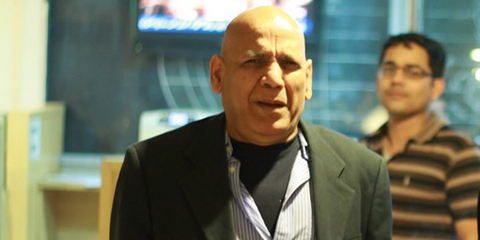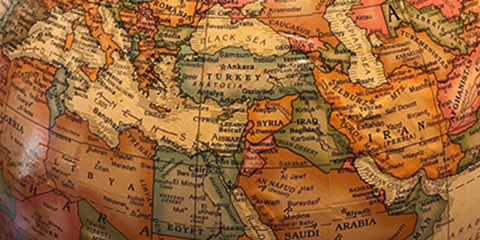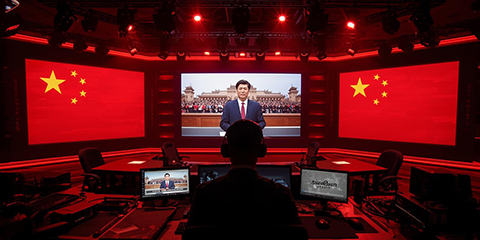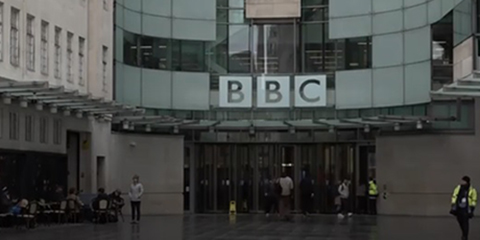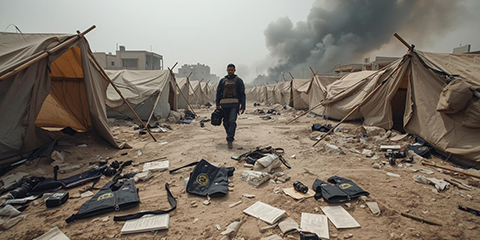Pakistan TV’s new logo: A branding mismatch with state identity
JournalismPakistan.com | Published last month | Sabahuddin Qazi
Join our WhatsApp channel
ISLAMABAD — The unveiling of Pakistan TV’s new logo was meant to mark a proud new chapter in state broadcasting. With Prime Minister Shehbaz Sharif relaunching the country’s English-language channel, formerly PTV World, the rebrand was billed as part of a larger effort to project Pakistan’s voice to global audiences. But instead of praise, the logo has triggered an uncomfortable debate: does it really represent Pakistan, or does it dilute the very identity it was supposed to showcase?
More Than Just a Logo
Branding for state institutions is never a matter of graphics alone. It is about trust, sovereignty, and international recognition. For a state broadcaster, the official voice of Pakistan abroad, the logo is essentially a national signature. When audiences see the BBC, CCTV, Al Jazeera, or RT, they immediately think of Britain, China, Qatar, and Russia. That association is instant, deliberate, and strategic.
Pakistan’s broadcasters have historically drawn strength from their national identity. PTV’s classic logo was iconic, a fixture in millions of homes and a design tied to the nation’s heritage. Radio Pakistan still uses Urdu calligraphy infused with modern design cues. Together, these elements projected cultural authenticity.
The new Pakistan TV logo, however, takes a very different path. Critics say it appears polished but generic, breaking continuity with the state media’s visual legacy.
The Color Question
Perhaps the most striking issue is the choice of blue as the dominant color. While professional and modern, blue has little to do with Pakistan’s national symbolism. Pakistan’s identity, from its flag to international campaigns like Emerging Pakistan, revolves around green and white. Green signifies prosperity, peace, and Islam, while white represents inclusivity and minority rights.
Removing these core colors strips the logo of its Pakistani essence. As design experts point out, the absence of green risks making the channel indistinguishable from private networks or international corporate outlets.
Symbolism Matters
Beyond color, the logo leans on a globe motif to signal international reach. While globally recognizable, it fails to link back to Pakistan. No crescent, no star, no flag cues, nothing that makes a viewer say, “This is Pakistan.”
This breaks sharply with the conventions of state broadcasters elsewhere. Al Jazeera’s logo is rooted in Arabic calligraphy, reflecting cultural pride. Russia’s RT embraces bold green, linked to the country’s identity. CCTV integrates China’s red-and-white palette, inseparable from the Chinese state. Pakistan TV’s globe, by contrast, could belong to virtually any international channel.
Typography Without Soul
Typography is another missed opportunity. While the sans-serif lettering looks clean and professional, it lacks cultural reference. Designers argue that subtle Urdu calligraphic influence could have reflected Pakistan’s bilingual identity while still catering to international audiences. Instead, the typography resembles that of a generic private network or tech startup.
Breaking Legacy, Losing Trust
Continuity is a cornerstone of strong branding. The BBC has maintained its minimalist box logo for decades. PTV itself, despite tweaks, preserved its iconic motif for over half a century. By discarding visual continuity and opting for a fresh but generic look, Pakistan TV risks undermining the very trust and recognition state media has built since the 1960s.
For international audiences unfamiliar with Pakistan’s institutions, this could prove costly. A green-and-white crescent immediately signals Pakistan. A blue globe, however, risks misrecognition, potentially weakening Pakistan’s soft power projection at a time when global image is critical.
A Missed Opportunity
The timing of the rebrand makes the misstep even more significant. Pakistan is working hard to recast its image on the global stage, from tourism drives to economic diplomacy under CPEC. A strong, unified branding philosophy across state institutions could have amplified this effort. Instead, inconsistency risks sending mixed signals.
As one branding expert in Islamabad told JournalismPakistan, “The state finally had a chance to create a broadcaster logo that could stand alongside BBC and Al Jazeera, something modern, global, and unmistakably Pakistani. What we got instead looks like a generic corporate news channel.”
The Way Forward
- Branding specialists suggest Pakistan TV should consider:
- Revisiting the Logo: Incorporating green-and-white, crescent-and-star motifs, and typographic cues from Urdu.
- Ensuring Continuity: Drawing inspiration from PTV’s iconic legacy.
- Unified Identity Policy: Developing a central branding framework for all state institutions.
- Soft Power Focus: Leveraging branding as part of cultural diplomacy rather than treating it as a design afterthought.
Pakistan TV’s relaunch was a moment of pride, but the logo has revealed a deeper challenge: balancing modernity with identity. A national broadcaster cannot afford to look generic. It must project a confident, unmistakable Pakistan. For now, critics argue, the new logo says “global”, but not “Pakistan.” And for a channel tasked with telling the world Pakistan’s story, that is more than just a design flaw; it is a strategic miscalculation.
Sabahuddin Qazi is an experienced media professional and former Branding Manager for Huawei’s Middle East region, bringing a unique blend of insight into national identity and corporate communications. With a proven track record in managing global branding strategies, he excels in navigating complex cultural landscapes while driving impactful brand messaging.







